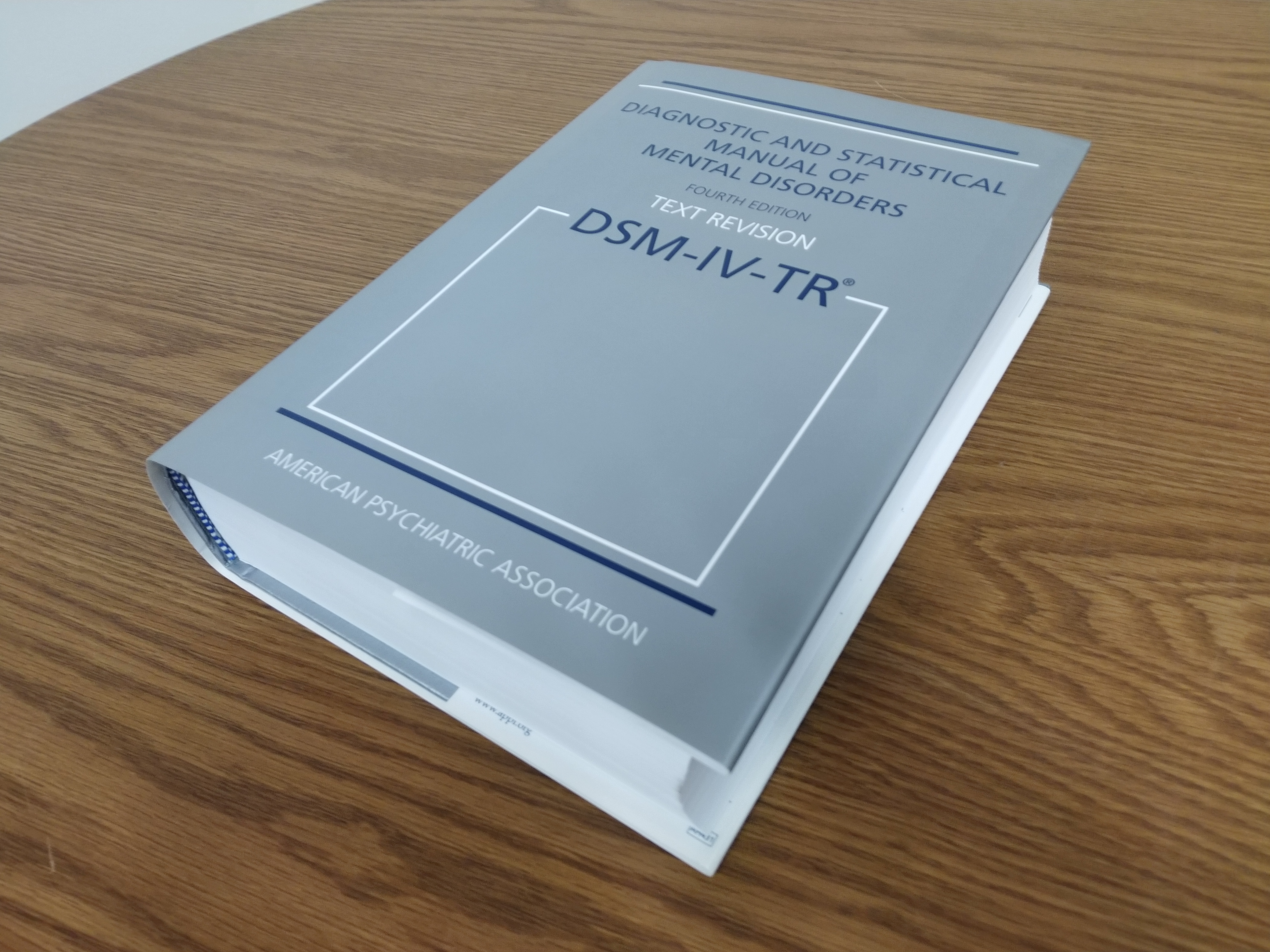Balancing safety and liberty – what “something” should we “do” about guns and violence?

Two weeks ago, I wrote about my experiences with a school shooting in my own high school while I was a student. (If you believe that this gives me Absolute Moral Authority to speak on this subject, read and obey. If not, good – you’re smarter than the first group.)
Last week, I wrote about the fundamental liberty interests at stake in the debate over gun control, and the true scope of the gun violence problem (short version: violent crimes generally, and school shootings specifically, are way down over the last 20 years – if you think the problem is getting worse, it’s because partisan zealots and/or Russians are lying to you for their own purposes).
We’re on the right track nationally. Improving public safety is a job that’s never done, though, and we can and should learn and improve from both success and failure. But not all changes in law or policy are improvements, so when people say, “do something!” caution is advised. Let us consider a few of the “somethings.” This week I’ll focus on weapons restrictions themselves, and next week the cultural shifts we ought to consider which would be far more impactful.
Ban the mentally ill from getting guns
Let’s start with some low hanging fruit. Everyone agrees we don’t want psychos who are hearing diabolical voices buying an arsenal. But we already ban anyone who has been “adjudicated as mentally ill” from possessing a firearm of any kind, and have since 2003. And even this is concerning. Consider – what does “mentally ill” mean?
The Diagnostic and Statistical Manual of Mental Disorders IV-TR, known as the DSM-IV-TR, is the authority for mental health professionals. It is nearly 1,000 pages, and describes hundreds of distinct disorders and their various subtypes, each one of which can be considered a mental illness.
The DSM-IV-TR pictured above isn’t even the latest edition. I used this image because a) it was the only one we had in my office’s law library, and b) to demonstrate that what we think we know about mental illness changes all the time. Homosexuality was considered a “mental illness” in the DSM II. The DSM 5 added 15 new disorders, and nearly 50 percent of all Americans could easily be diagnosed with at least one of its many entries (including “hoarding” and “caffeine withdrawal”).
The implications of using such a broad brush to restrict the liberty of citizens is frightening for a number of reasons. First, we want to encourage people to seek treatment for their conditions, not stigmatize and punish them for it. Second, there are already too many scientists and authors willing to correlate political philosophy with psychosis, and to (accidentally, I’m sure) compile their data incorrectly in stating their conclusions. Exactly such power has been horrifically and murderously abused in all-too recent history, even in the United States.
We can (and do) limit fundamental liberties in cases of profound or dangerous mental illnesses (generally involuntary commitment to a psychiatric facility), but there are strict legal processes and protections before such infringement may occur. Using “mental illness” to restrict Second Amendment rights ought to be available when necessary, but also must be carefully constrained.
Individualize restrictions
Nevada already bans felons, illegally present non-citizens, domestic batterers, restraining order subjects, unsupervised children and illegal drug users (including marijuana, still illegal federally) from possessing firearms. But in limiting or denying fundamental rights further, including Second Amendment rights, we can and should focus on individuals rather than broad “types” of people. Proposals to create a “firearm restraining order” process, an order which would appear in a background check the way anti-harassment or domestic violence restraining orders are now, have a great deal of merit. As in Parkland, it is rare that at least someone isn’t aware that a person is ready, willing or able to commit a violent act. But as Parkland also showed us, we have to actually be willing to use laws and tools that already exist — new laws are truly pointless when the ones we have aren’t being utilized or enforced.
I also believe we should expand the list of crimes for which a conviction would limit firearm ownership, even if they are not felonies. I once convicted a woman at trial of discharging a firearm where a person might be endangered, a gross misdemeanor, for recklessly shooting at her neighbor’s Chihuahua in the direction of said neighbor’s house. In spite of there being no reasonable doubt after all the due process available that this woman was a menace who could not be trusted with firearms, the judge, now running for Supreme Court Justice, refused to limit her gun ownership even as a condition of probation.
Mental health history could and should be part of an individualized process, thus achieving the safety goal without needlessly infringing upon the rights of millions of innocent people. Remember, we could cut our crime rates drastically if we did away with the Fourth, Fifth and Sixth Amendments, too, but no American worth that label would ever consent to such a thing.
Ban the scary guns
Much of the new regulatory talk is focused on the AR-15, a widely popular semi-automatic rifle commonly used as a hunting rifle and for self-defense. They do not “spray” bullets any more than common handguns do (the manufacture or possession of fully automatic weapons is mostly illegal under both federal and state law, with tightly regulated exceptions by the federal government for vintage weapons). Banning bump stocks is perfectly reasonable given that they change this equation slightly, but it’s worth pointing out that the modification has been used in exactly one known criminal incident and a ban would likely have a negligible effect on violent crime generally.
Most people who talk about “common sense gun laws” would ban the AR-15, and there is a wide misperception that they are the “weapon of choice” for school shooters. The numbers don’t back that up. In mass school shootings since 1982 (through 2017), rifles of any kind were used in 35 incidents, while handguns and shotguns were used in 108.
Indeed, rifles account for a small fraction of all murders in the U.S. (handguns are the most common homicide weapon), and the 1994 “assault weapon” ban had little to do with falling crime rates (which continued to fall when the ban expired). An AR-15 is not “uniquely lethal” (all firearms are potentially lethal to humans) statistically or logically. The image of an AR-15 as a war rifle spraying a continuous stream of endless bullets is clearly the impression those who would ban it have, but that image is factually – and almost cartoonishly – inaccurate.
A kid bent on shooting up a school will use a handgun if he can’t get an AR. In other words, such a ban would restrict the fundamental liberty of some five million Americans, with no appreciable improvement to public safety.
Ban all the guns
First, molan labe. I’d no more acquiesce to a total weapons confiscation program than I would a repeal of the First Amendment, due process or any other fundamental right. More than 40 percent of American households have a gun. Such a ban is not going to happen, at least not successfully.
Second, places where comprehensive bans have been tried have tended to see murder rates increase, like in Boston. People argue that this is because those bans don’t exist in neighboring areas (regulators never blame poorly conceived regulations for their failures, it’s always the fault of the wreckers and diversionists), but that wouldn’t explain increases in crime following such bans.
Third, banning the personal possession of firearms requires us to rely exclusively on government agents to defend us. I work with law enforcement every day, and the vast majority of our police are brave, dedicated and conscientious. But even under the best of circumstances, they cannot be everywhere at once. And because police officers are human, some are less worthy than others, such as the four Broward County deputies who hid outside the school while children were being murdered inside. Or the FBI and BLM agents whose misconduct helped free – and validate in their own minds – the Bundy clan. Or, if you’re a #BlackLivesMatter supporter, all the police officers who apparently maliciously gun down minorities on a regular basis. Bottom line, the existence of law enforcement agencies doesn't guarantee safety or justice. And where they can't or don't, we ought to have the right, ourselves, to at least try.
Those who would restrict freedoms in the name of public safety have the burden to prove such restrictions will actually – not just hopefully – make us safer. The evidence simply doesn’t exist for the most militant gun control advocates to ever meet that burden, and plenty of evidence to show they’re wrong both practically and philosophically.
***
Next week – improving our security and culture.
Orrin Johnson has been writing and commenting on Nevada and national politics since 2007. He started with an independent blog, First Principles, and was a regular columnist for the Reno Gazette-Journal from 2015-2016. By day, he is a deputy district attorney for Carson City. His opinions here are his own. Follow him on Twitter @orrinjohnson, or contact him at [email protected].
